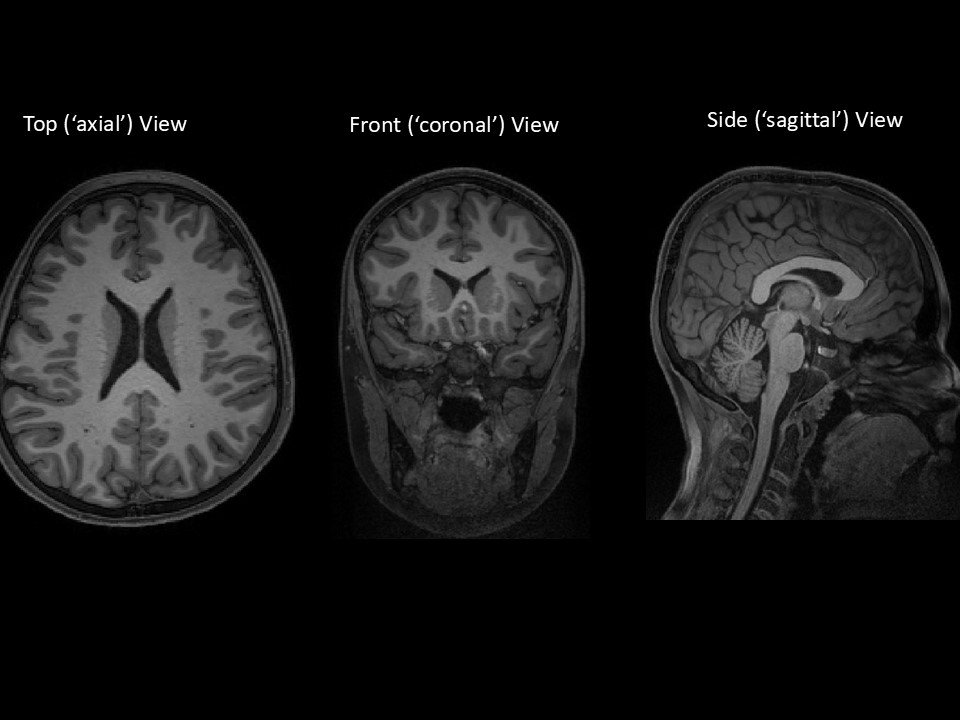The 12-year-old brain and the Teenage Years Ahead
This is a 3D-printed image of my daughter’s 12-year-old brain based on an MRI scan she had for a research study. Holding it in my hands, I was amazed to see what her brain actually looks like — and to imagine all the changes that will unfold as she enters her teenage years, especially in the development of her frontal lobes.
Adolescence is a critical period for brain development, with synaptic pruning and myelination shaping the brain into a more efficient system. The prefrontal cortex, responsible for decision-making and impulse control, will continue maturing into her mid-20s. Interestingly, while these changes follow similar patterns, each brain is unique—reflecting individual experiences, genetics, and learning.
Family and environment play an essential role during this time, influencing how the adolescent brain responds to challenges and adapts to new experiences. This is why understanding the social and emotional context is crucial when conducting neuropsychological assessments especially with teens.
I recently listened to a fascinating ABC podcast on teenage brain development and risk-taking. One takeaway was the importance of allowing teens to make lower-risk decisions for themselves, while helping them think through challenges before they arise. It was a reminder that, as parents, we’re not just shaping behaviour — we’re supporting the maturation of complex brain functions.
Oh, the joys of parenting teenagers!

